
The High Cost of Cutting Corners: How Inferior Products Can Ruin a Business
Focusing solely on price in wholesale souvenirs while neglecting souvenir quality control can result in defective goods that destroy trust and profitability. A low quote
Magnets have become one of the most popular souvenirs among travelers worldwide due to their lightweight nature, affordability, and ease of collection and display. Each magnet not only marks a travel footprint but also carries the cultural memory of a city.
With the development of the tourism industry, magnets have evolved from simple souvenirs into products rich in cultural significance, artistic value, and collectible appeal. In the past, magnets primarily featured landmarks such as the Eiffel Tower and the Statue of Liberty, emphasizing the concept of “I was here.” However, in recent years, tourists increasingly favor magnets that reflect a city’s culture and lifestyle, including themes like local cuisine, street scenes, pop culture, and historical symbols. These designs add emotional value and make magnets more meaningful as collectibles.
The magnet market is currently undergoing three major trends: cultural theming, increased collectible value, and personalized customization. These shifts are driving magnets beyond ordinary souvenirs into the realm of cultural and artistic collectibles. In this article, Nuojie Crafts Factory analyzes the development directions and business potential of travel souvenir magnets from three perspectives: market trends, design innovations, and production techniques.
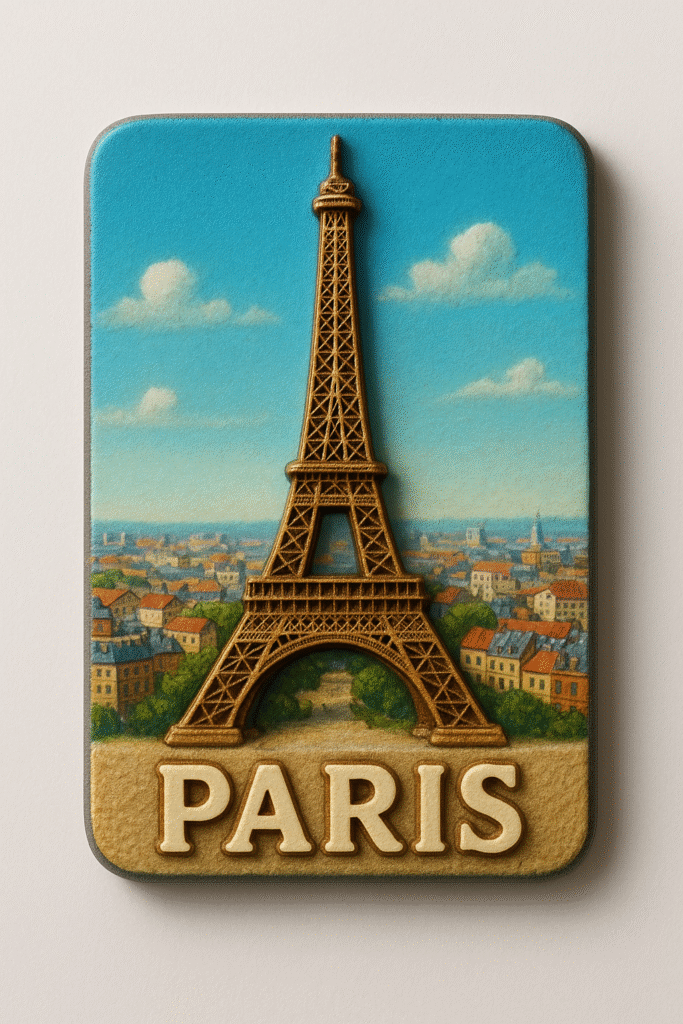
For a long time, magnet designs were relatively uniform, mainly featuring famous landmarks such as skyscrapers, bridges, and historic sites. These designs reinforced the traditional “I was here” concept and fulfilled travelers’ basic need to document their journeys. Early techniques were limited to flat printing or simple embossing, resulting in visually monotonous products lacking personalization. As a result, magnets from different locations often appeared similar in the market.
In the past, travelers’ demand for souvenirs was relatively simple—they primarily served as symbols of travel rather than decorative or collectible items (source). As consumer preferences evolved and tourism advanced, magnets began transitioning from basic souvenirs to products with stronger cultural significance and visual appeal. Today, landmark-themed magnets still dominate the core market, but designs now incorporate diverse styles, intricate craftsmanship, and visually striking presentations to cater to varying aesthetic preferences.
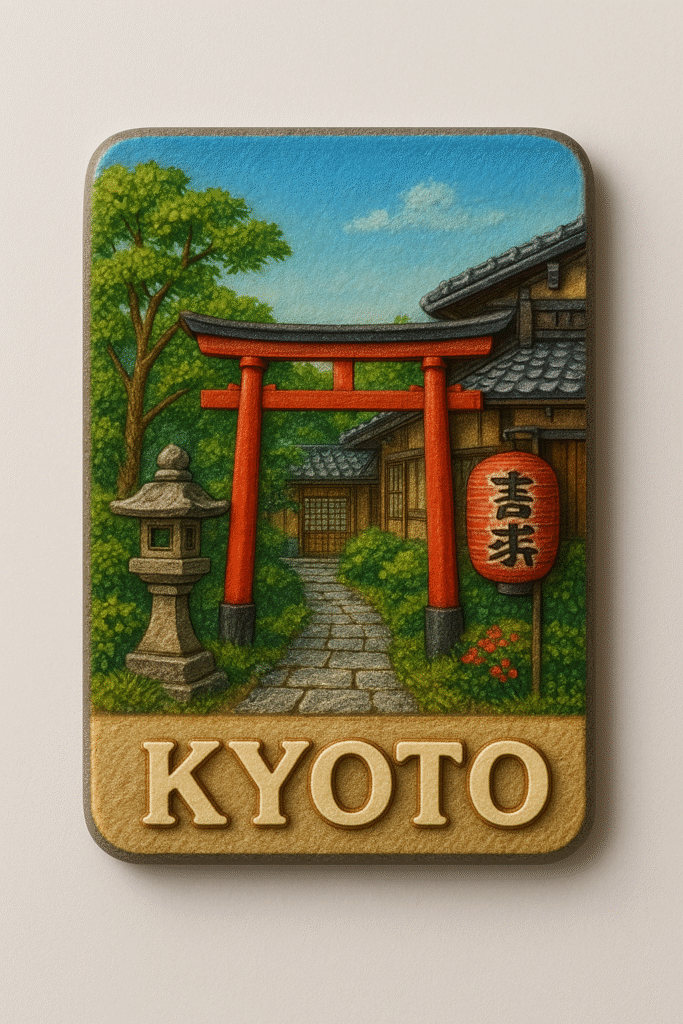
2.1 The Decline of the “I Was Here” Model and Market-Driven Innovation
Traditionally, magnets documented travel experiences, serving as symbolic representations of trips. However, with the rise of social media, consumers have gradually lost interest in conventional “I was here” souvenirs. Traditional landmark magnets, when displayed on social media or at home, often lack freshness and originality, making them less appealing as gifts or personal mementos (source).
As competition within the tourism market intensifies, the souvenir industry has entered a phase of market saturation, prompting businesses to seek new breakthroughs. This transformation has affected two main categories of cities:
2.2 Cultural Symbols Are Becoming Market Mainstream
With the growing demand for cultural experiences (source), themes like local cuisine, street life, pop culture, and historical symbols have become core elements of magnet design. Additionally, collaborations with intellectual property (IP) brands have injected new vitality into the market (source). By partnering with well-known brands, films, anime franchises, or local cultural icons, magnets are no longer just souvenirs but collectibles with strong cultural resonance and emotional significance, meeting consumers’ desire for uniqueness and personalization (source).
3.1 Social Media’s Role in the “Must-Buy Travel Souvenir” Trend
With widespread social media use (source), magnets have evolved from simple travel souvenirs into symbols of social sharing and personal documentation. Travelers increasingly showcase their magnet collections, making them part of the “travel checklist” culture.
3.2 Limited-Edition and Series Collections Driving Consumer Demand
As collectible culture grows, city tourism boards, museums, and brands launch exclusive, limited-edition, and series-based magnets. These are cultural artifacts with artistic and collectible value, boosting market growth (source).
3.3 The Rise of the “Hard-to-Get” Phenomenon
Limited editions, IP collaborations, and collectible trends lead to frequent sell-outs and price surges (source). Collectors now seek complete city series or themed sets, and IP-themed magnets attract crossover consumer bases, further driving sales growth.
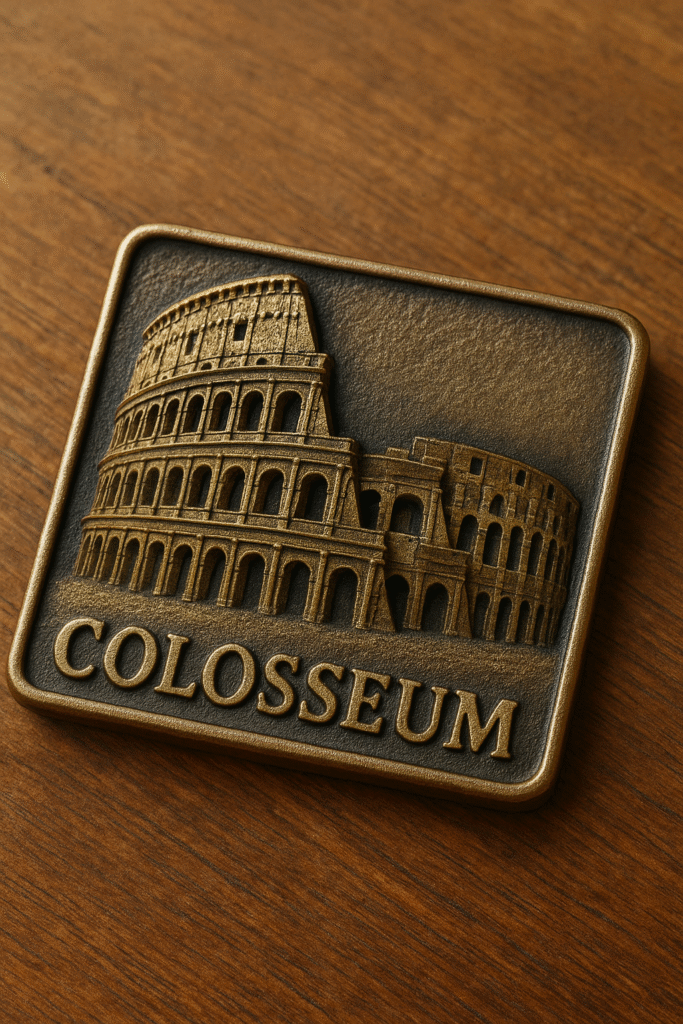
4.1 Architecture vs. Cultural Symbols
When designing magnets, selecting representative city elements is crucial. Traditional designs focus on landmarks, but a city’s culture, lifestyle, and symbols can convey its charm more effectively. Streetscapes, traditional attire, cuisine, or historical narratives often create stronger emotional connections than a single architectural structure.
4.2 Avoiding the Simple Stacking of Cultural Symbols
Great design refines visual language rather than piling landmarks, foods, and festival symbols together. Overloading a design with unrelated symbols can make it cluttered and unfocused (source).
4.3 Visualizing Cultural Identity
Magnets should visually express abstract cultural concepts using colors, patterns, shapes, and craftsmanship. For example, Spain’s flamenco culture can be reflected in red hues and flowing silhouettes, while Japan’s Zen aesthetic uses minimalist lines and negative space.
Techniques like 3D relief (source), UV printing (source), dynamic color-changing, and puzzle-style designs enhance interactivity, visual impact, and collectible value.
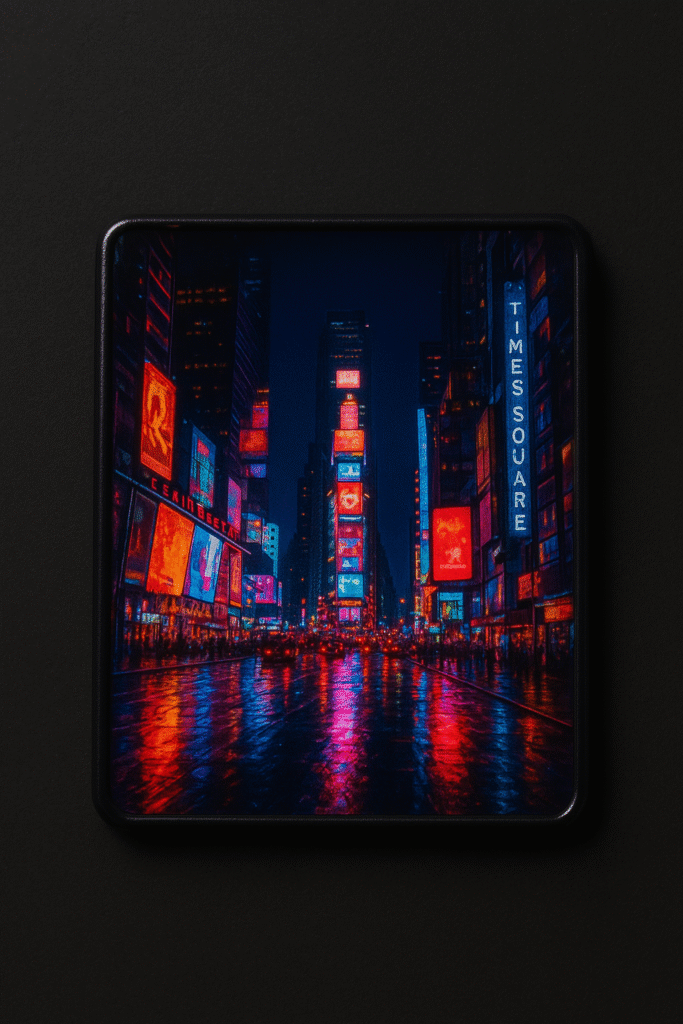
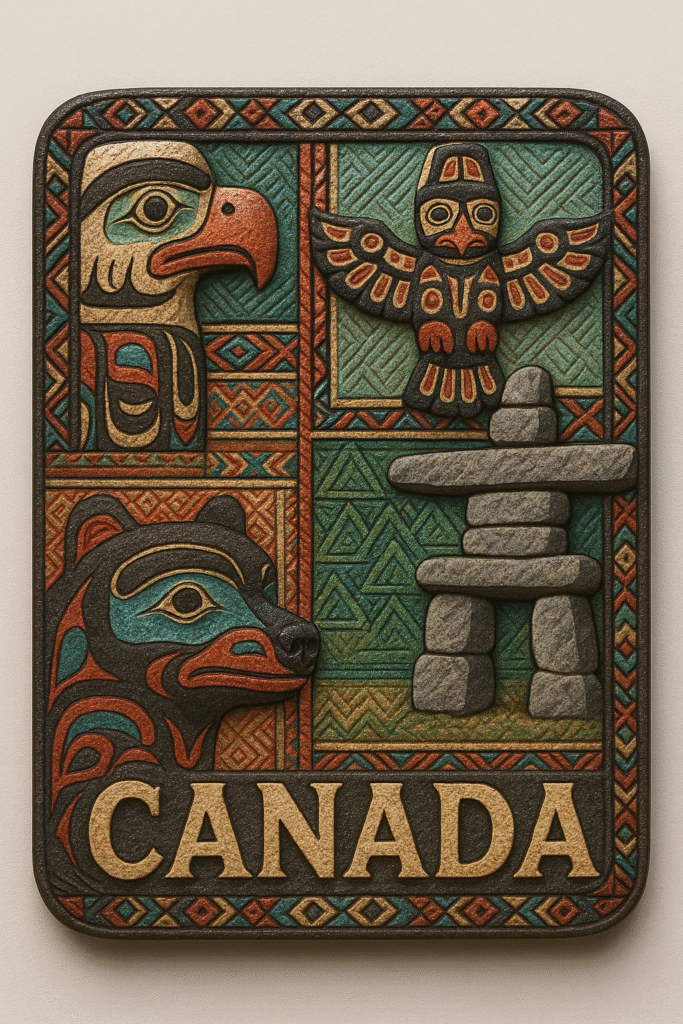
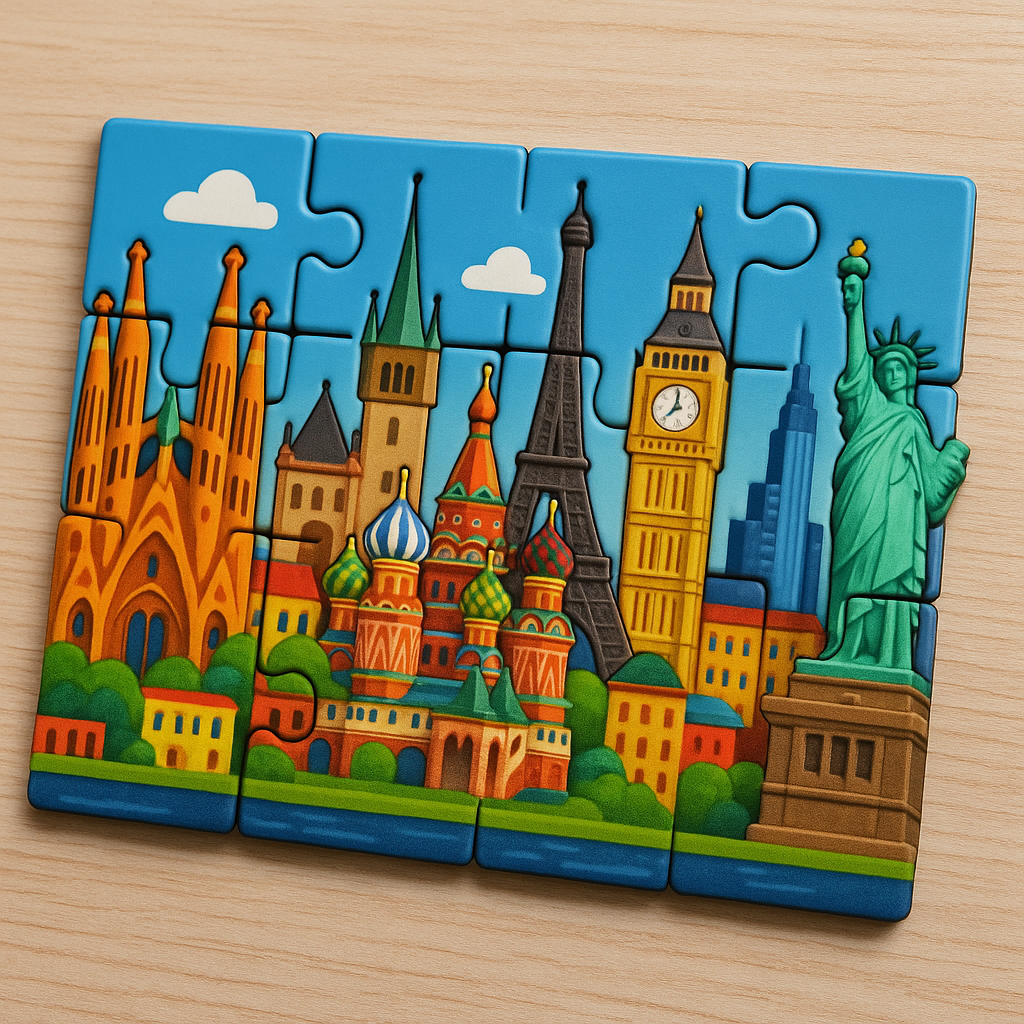
As global tourism rebounds, travelers seek high-quality, meaningful souvenirs (source). Magnets are favored for personalization, cultural significance, and practicality. Social media amplifies the “viral city” effect (source), further boosting demand.
As a professional manufacturer, Nuojie Crafts Factory provides:
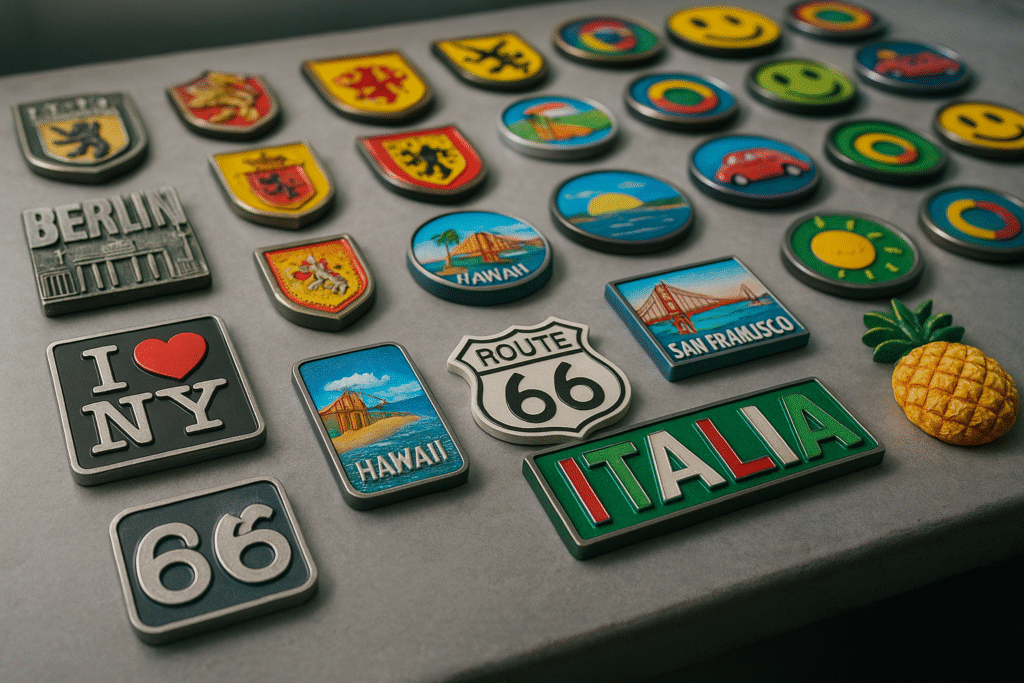
Magnets are now miniature representations of a city’s culture, capturing travelers’ memories and highlighting landscapes, history, and lifestyle. Creative design, craftsmanship innovation, and IP collaborations transform them into high-value cultural collectibles. Limited editions, series, and IP collaborations make magnets a form of social currency. Techniques like 3D relief, UV printing, and dynamic color-changing allow magnets to vividly convey a city’s essence.
With its expert customization capabilities, Nuojie Crafts Factory helps clients produce distinctive city souvenir magnets for attractions, cultural institutions, or brand collaborations, ensuring magnets truly serve as carriers of city culture.
Need to custom some special souvenirs that only belong to you? Send us your artworks or tell us your ideas today! High quality, good prices & free designs guaranteed!

Focusing solely on price in wholesale souvenirs while neglecting souvenir quality control can result in defective goods that destroy trust and profitability. A low quote
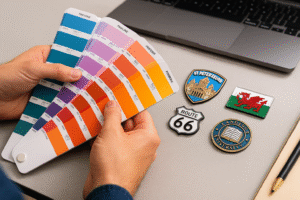
The Pantone Color Matching System (PMS) Color plays a decisive role in how brands, organizations, and events present themselves. When it comes to custom badges,
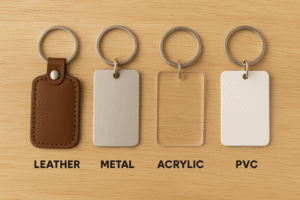
Why Custom Keychains Remain a Timeless Promotional Product In today’s competitive market, businesses are constantly searching for compact, practical, and cost-effective advertising tools that deliver
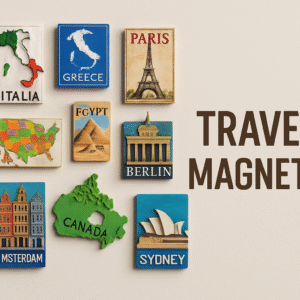
Understanding the True Cost of Custom Refrigerator Magnets Custom refrigerator magnets are more than decorative pieces; they are affordable promotional tools, high-margin retail items, and